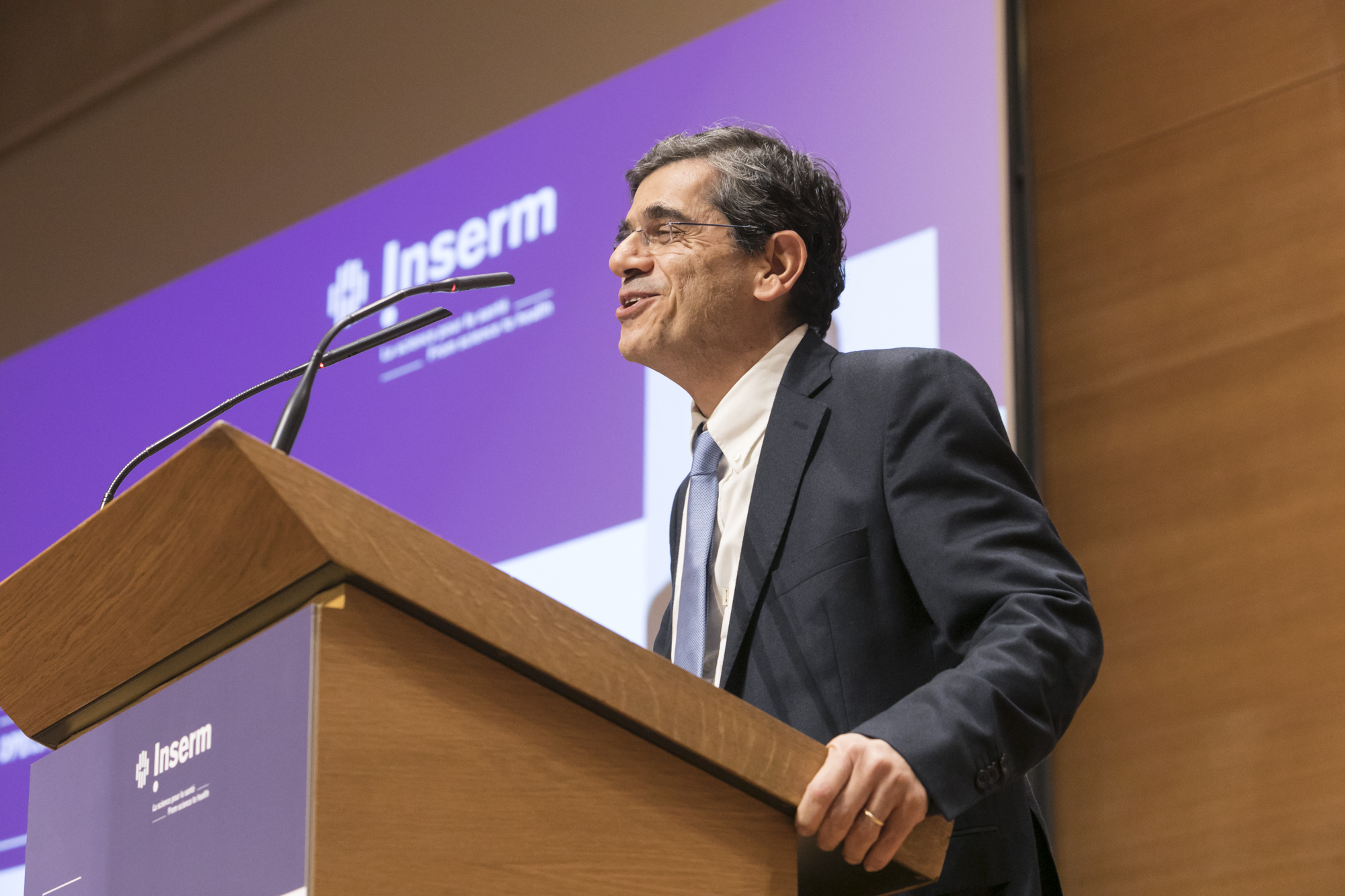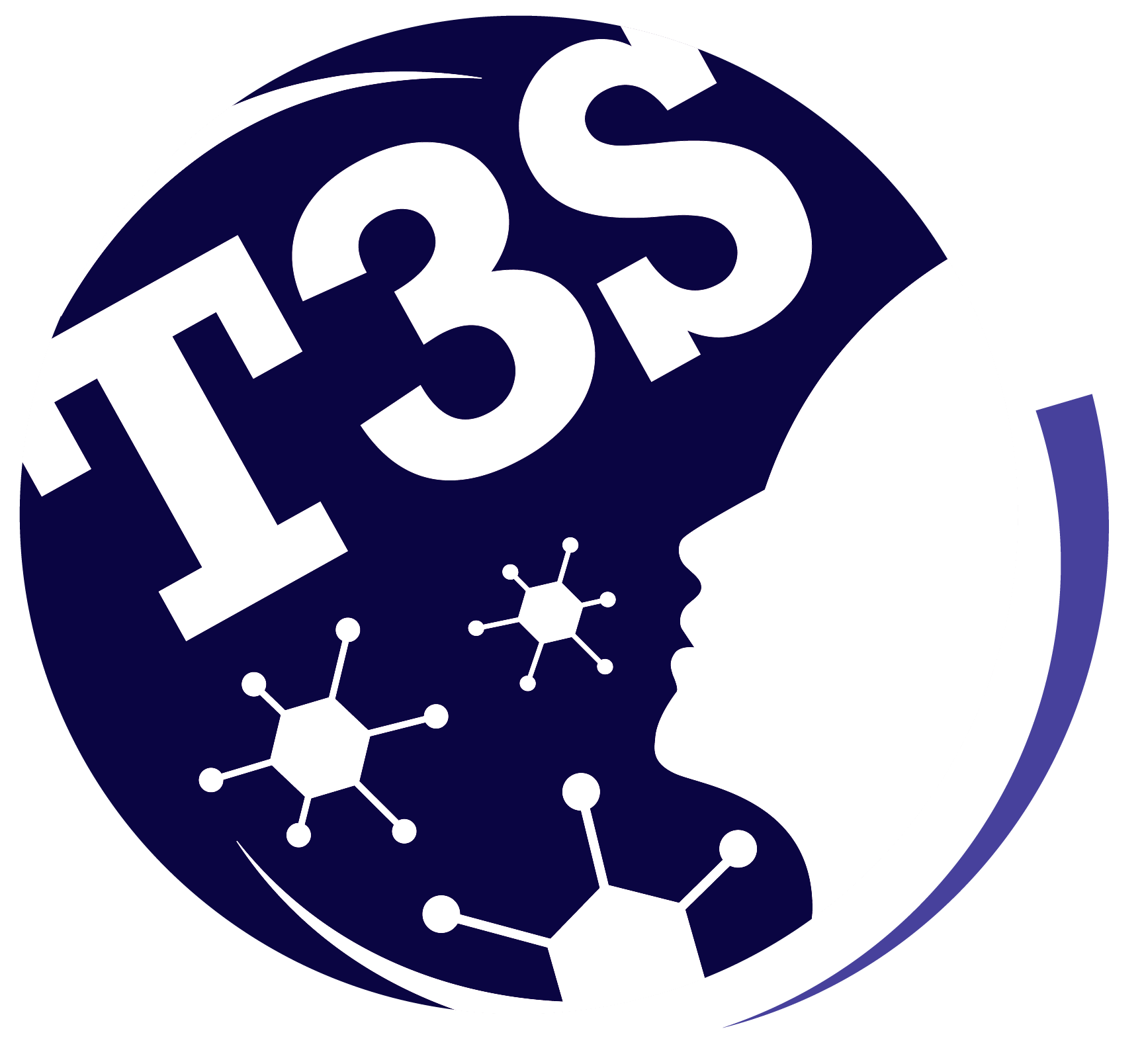
Our research unit consists of eight teams and explores biological pathways involved in a variety of diseases, characterizing different stressors disrupting those pathways and identifying the most relevant targets for therapeutic approaches. We are particularly interested in stressors such as environmental pollutants and infectious agents. We study metabolic, neurological, joint and musculo-skeletal, allergic and infectious diseases as well as cancer. In some cases we delineate the interactions between genetic background and environmental insults. Clearly diseases and stressors are diverse, however, in several instances, similar pathways are involved in different pathophysiological conditions. For example, we and others have shown that the AhR pathway appears to be involved in pollutant toxicity, but also in demyelinating diseases, in immune function as well as other systems. The same holds true for pathways involving kinase cascades or nuclear receptors. Therefore there is value in having a multidisciplinary group covering a variety of biological pathways and allowing, in addition to a linear disease or toxicity characterization, a productive “hopping” strategy, i.e. exploring the implication of a disease-related pathway in other diseases or toxicities. To achieve this, the unit consists in scientists with expertise in cellular signaling, molecular, structural biology and biochemistry, clinical studies, genetics and epidemiology, computational sciences. Another feature of our unit is the smooth interaction between our research expertise, our teaching duties and clinical objectives. This is illustrated by the relatively homogeneous distribution of research scientists, professors and assistant professors, clinicians and engineers/technicians across the different teams.
The expertise of our unit is complementary to the other units of our faculty. Our center includes a chemistry unit, a cellular neuroscience and imaging unit, a behavioral and cognitive sciences unit, as well as a math team and a physics teams. We do have several ongoing collaborations and several published articles in common with the chemistry unit. That unit has a long-standing focus on pharmacological and toxicological chemistry and therefore is complementary to our own research axis. We do share some technologies with the cellular neuroscience unit and, because several of our teams are interested in behavioral effects, we have growing interactions with the behavioral and cognitive sciences unit. We do plan to further collaborate with the math and physics teams, both of which are also oriented towards life sciences. In a wider perspective, some of our teams interact with the neighbor Math faculty and the SES faculty (concerning environmental issues). Therefore our strategy has not only been to build a self-interacting unit, but also to be closely networked in our immediate scientific and educational environment.
Pr. Robert BAROUKI
Unit Director

